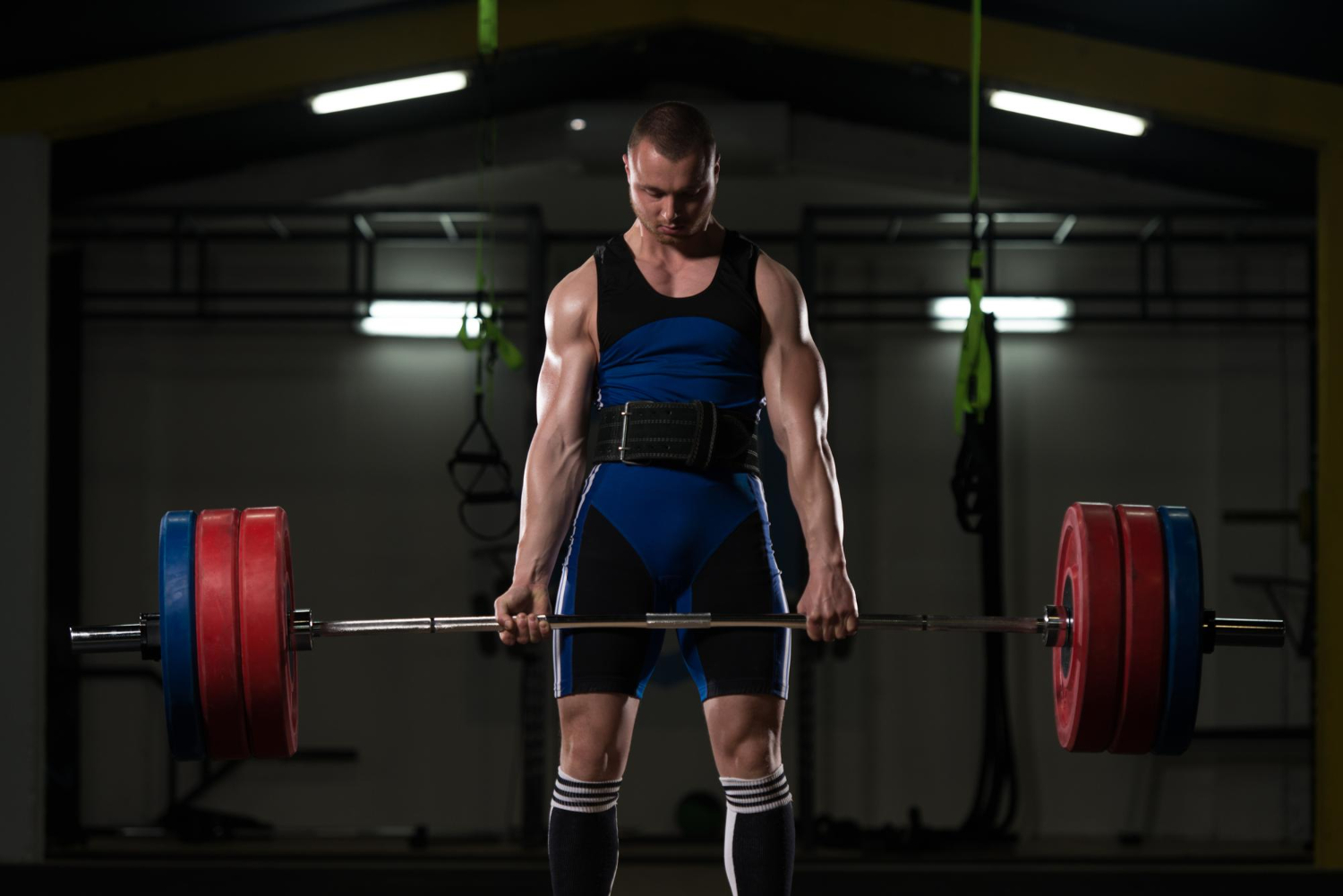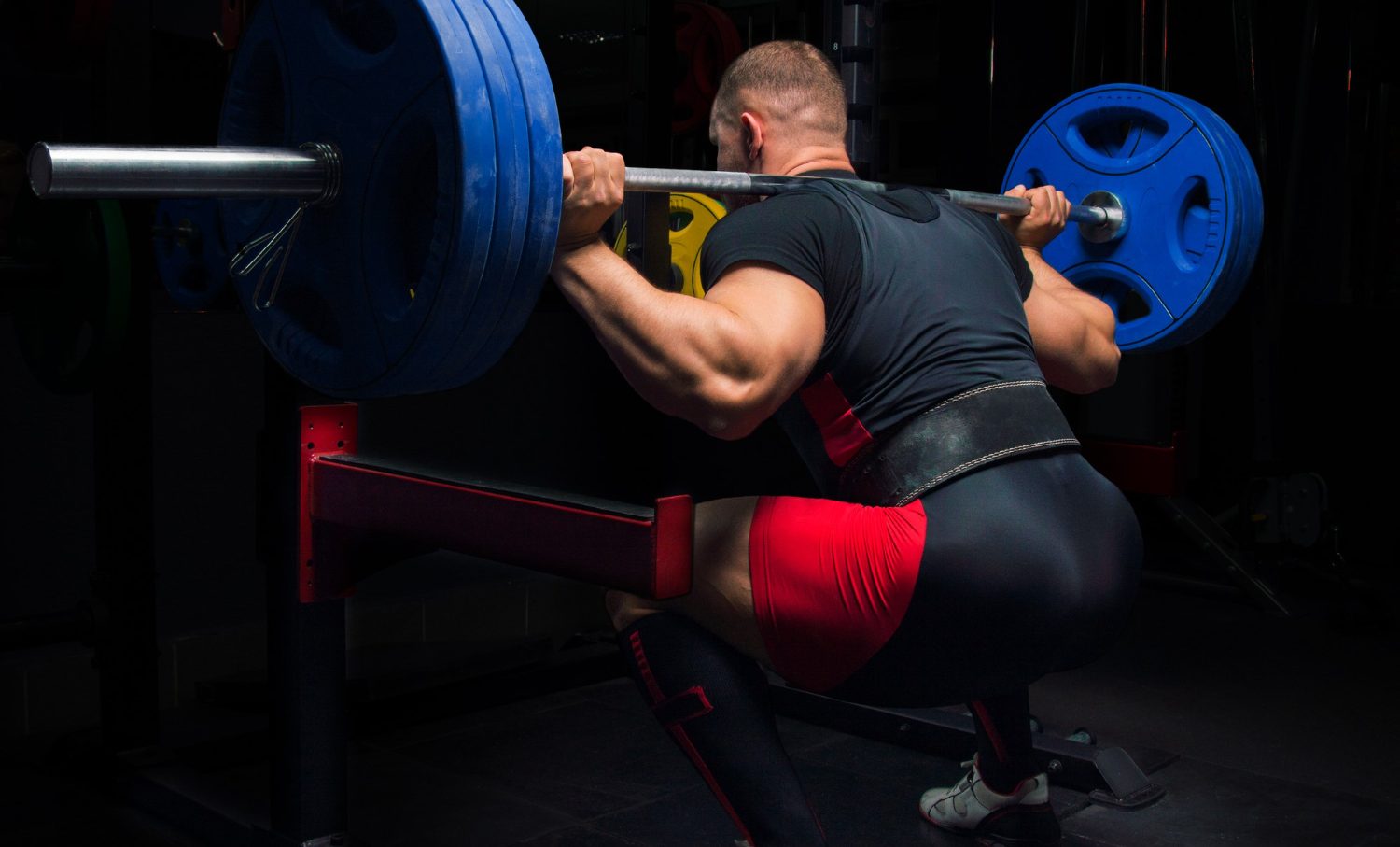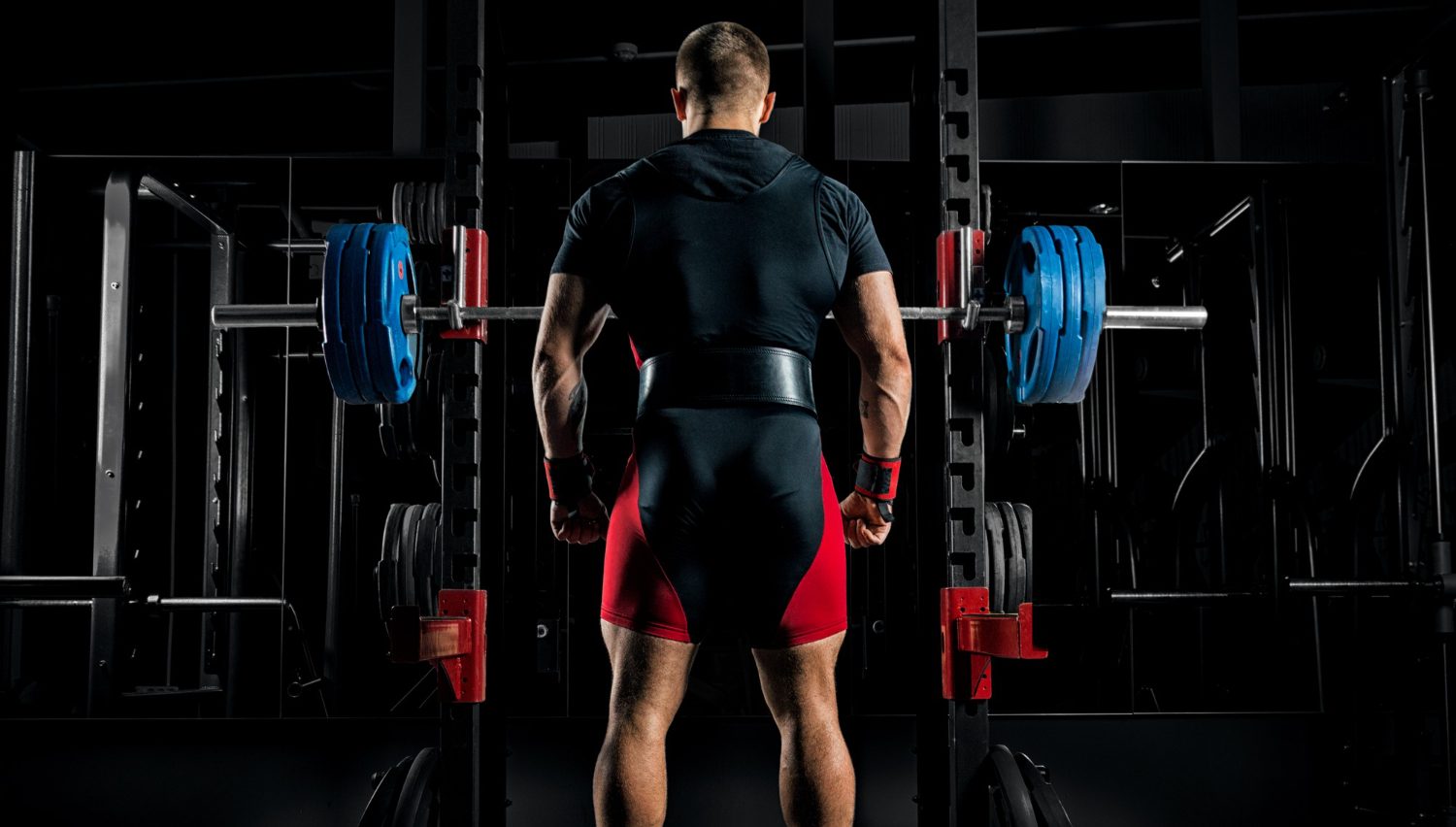Weightlifting belts are a popular accessory in the world of fitness and bodybuilding, often seen on the waists of athletes pushing the boundaries of their strength. While these belts can be incredibly beneficial, their proper use is paramount to achieving the desired outcomes without inviting injury. This article delves into the intricacies of when to use a weightlifting belt, the exercises they are most commonly used for, how they should be worn, and the science behind their effectiveness. We will also discuss the potential drawbacks and whether improper use could cause injury.
When to Use a Weightlifting Belt
A weightlifting belt should be employed during specific scenarios to enhance performance and safety. Primarily, they are used during exercises that place a significant load on the spine and require robust core stability. These exercises include:
- Squats: When performing heavy squats, a belt can provide the necessary support to maintain proper form and protect the lower back.
- Deadlifts: Similar to squats, deadlifts involve substantial spinal loading, making a belt advantageous for maintaining spinal alignment and core stability.
- Overhead Presses: While not as taxing on the spine as squats or deadlifts, heavy overhead presses can benefit from a belt to support the lower back and core.
How to Wear a Weightlifting Belt
Wearing a weightlifting belt correctly is crucial for it to be effective. Here’s a step-by-step guide:
- Positioning: Place the belt around your waist, ensuring it covers your lower back and abdomen. The belt should sit just above your hip bones and below your ribcage.
- Tightening: Fasten the belt snugly but not excessively tight. The ideal tightness allows you to brace your core effectively but still enables you to take a deep breath.
- Breathing: Practice proper breathing technique by taking a deep breath into your diaphragm, pushing your abdomen out against the belt. This intra-abdominal pressure is what provides additional support.
How Tight Should a Weightlifting Belt Be?
The tightness of a weightlifting belt is a critical factor. A common mistake is wearing the belt either too loosely, which negates its benefits, or too tightly, which can restrict movement and breathing. The belt should be tight enough to provide noticeable support when you brace your core but still allow you to breathe deeply. A good rule of thumb is that you should be able to slide your hand between the belt and your abdomen, but it should be a snug fit.
The Science Behind Weightlifting Belts
Weightlifting belts function by increasing intra-abdominal pressure, which stabilises the spine and reduces the load on the lower back muscles. Here’s a deeper look at the science:
- Intra-Abdominal Pressure (IAP): When you brace your core and push your abdomen against the belt, the IAP created acts like a natural weightlifting belt, supporting the spine from the inside.
- Spinal Stability: Increased IAP reduces the compression forces on the intervertebral discs, lowering the risk of injury and allowing you to lift heavier weights more safely.
- Muscle Activation: The belt aids in engaging the core muscles, including the rectus abdominis, obliques, and transverse abdominis. This engagement helps maintain proper form and prevents the spine from hyperextending or flexing.
Potential Drawbacks of Using a Weightlifting Belt
While weightlifting belts offer several benefits, they also come with potential drawbacks if not used correctly:
- Dependency: Relying too heavily on a belt can lead to weakened core muscles over time, as the belt takes over some of the stabilisation work that your muscles would otherwise perform.
- Improper Use: Using a belt for every exercise, especially those that do not significantly load the spine, can be counterproductive. It’s essential to use the belt only when necessary.
- False Sense of Security: Believing that the belt makes you invulnerable to injury can lead to pushing beyond safe limits, increasing the risk of harm.
Can a Weightlifting Belt Cause Injury?
If used improperly, a weightlifting belt can indeed cause injury. Here are a few scenarios where this might occur:
- Over-Tightening: Wearing the belt too tight can restrict breathing, reduce blood flow, and increase blood pressure, leading to dizziness or even fainting.
- Incorrect Positioning: Placing the belt too high or too low can lead to discomfort and reduce its effectiveness, potentially causing back strain.
- Over-Reliance: Failing to develop core strength and relying solely on the belt for support can result in muscle imbalances and increase the risk of injury when lifting without the belt.
Best Practices for Using a Weightlifting Belt
To maximise the benefits and minimise the risks associated with weightlifting belts, consider the following best practices:
- Strengthen Your Core: Use the belt as a supplementary tool rather than a primary support mechanism. Ensure you regularly engage in core-strengthening exercises.
- Use Appropriately: Reserve the belt for heavy, compound lifts where spinal loading is significant. Avoid using it for light exercises or those that do not require substantial core stabilisation.
- Monitor Your Form: Always prioritise proper form over lifting heavier weights. The belt is there to aid, not replace, good lifting techniques.
Additional Tips
- Gradual Introduction: If you are new to using a weightlifting belt, introduce it gradually into your routine. Start by using it for your heaviest sets and progressively incorporate it as needed.
- Quality Matters: Invest in a high-quality belt that fits well and provides adequate support. A poorly constructed belt can do more harm than good.
- Consult a Professional: If unsure about how to use a belt properly, seek advice from a fitness professional or coach who can provide personalised guidance.
Weightlifting belts can be a valuable asset in your fitness arsenal when used correctly. They offer enhanced spinal stability, increased intra-abdominal pressure, and improved performance on heavy lifts. However, their use should be balanced with a focus on developing core strength and maintaining proper form. By understanding when and how to use a weightlifting belt, you can leverage its benefits while minimising potential risks, ultimately supporting your journey towards greater strength and fitness.
In summary, the key to effective use of a weightlifting belt lies in understanding its purpose, ensuring proper fit and usage, and maintaining a balanced approach to training. With these principles in mind, you can enhance your lifting performance safely and effectively.




